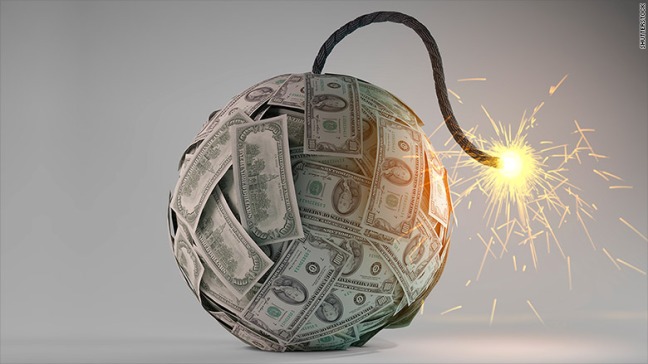
Author: Konstantina Karatzoudi
As every year, the World Economic Forum releases its Global Competitiveness Report. Since its launch in 2005, the GCI has been the basis for the ranking of nations and it is undoubtedly widely recognized and the best available measure of the relative competitiveness of a nation’s economy (Joshi, 2015). Usually, these rankings are eagerly awaited and hotly debated when they arrive every year.
So, what is competitiveness according to WEF economists? It is a function of 12” pillars” that measure the quality of infrastructure, the social infrastructure, the institutional framework, the market transparency the technological readiness and the like. The interesting thing is that these 12 pillars of competitiveness are grouped into three categories: the first one are basic factors, such as institutions and infrastructure that mostly drive factor driven economies (such as India), less developed countries that present cost advantages, cheap labour or natural resources. The second one are efficiency factors, such as market transparency and education that drive efficiency driven economies. They focus on improving efficiency and productivity, as they can no longer keep cost advantages. The third one are innovation factors, such as business sophistication that drives innovation driven economies. These countries must innovate to maintain their competitiveness. The usefulness of this grouping is that it introduces the concept of transitional economies and the ability with which these economies make those critical transitions from one stage to another, a very useful tool for policy makers that helps them to set their priorities.
Furthermore, the practicality of the Global Competitiveness Index is that it is a tool for benchmarking a country’s strengths and weaknesses, as assessing a country’s competitiveness is a challenging task because there is a variety of influences on national productivity (WEF, 2008). For this reason, the correlation among many of the indicators makes their impact complex from a statistical point of view. It was thus important to find an approach that could achieve a consensus on specific drivers of competitiveness, such this index. The global competitiveness index has served to assess a country’s performance since 2004, a time frame that has been great changes in the global economic landscape and has been seen also as an exploration of new avenues in how an economy grows.
Going further, the index is a useful tool for business managers, as they can use these factors into business opportunities. The importance of the index is higher now, as seven years after the global financial crisis, the global economy is growing at a lower rate there is lower productivity and higher unemployment. Although the overall prospects remain positive, it is expected that the growth will remain below the levels of previous decades, in most developed countries and in many emerging economies. This information can be used by businesses to evaluate any future investments in other countries based on those factors. In addition, the Inclusive Growth and Development report presents a database of cross-country statistical indicators that inform about comparative economy profiles, diagnostic scans of the institutional environment and the socially inclusive growth in 112 economies.
The Global Competitive Report 2016-2017 assesses the competitiveness of 138 countries, providing insight into drivers of the productivity and prosperity (WEF, 2016). Switzerland, Singapore and USA remain the three world’s most competitive economies. The importance of the Global Competitiveness Index can be summarised in Klaus Schwab’s declaration, Founder and Executive Chairman of World Economic Forum” Declining openness in the global economy is harming competitiveness and making it harder for leaders to drive sustainable, inclusive growth”
References
Joshi, C. (2015). Global competitiveness: what makes an economy great? Linked in.
Schwab, K., & Sala-i-Martin, X. (2015). The Global Competitiveness Report. World Economic Forum.
World Economic Forum (2008). The Global Competitiveness Report 2008-2009.
World Economic Forum (2016). The Global Competitiveness Report 2016-2017.



